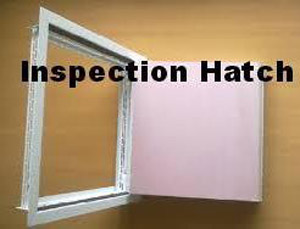
Killer boiler flues!
Posted on July 17, 2013
Boilers are everywhere; whether you’re at work or at home you are guaranteed to be near one at some point during your day.
A recent warning from the HSE has indicated a vital problem which relates to boiler flues which are hidden in voids in buildings which cannot be inspected. Because the flues cannot be inspected it is more likely for leaks to go undetected, leaks which can release deadly carbon monoxide into the air.
As the two main risks from boilers are explosions and carbon monoxide poisoning, a gas engineer will specifically check for leaks when inspecting a boiler. To this end, the HSE have issued guidance which states that all flues situated in voids MUST have inspection hatches fitted to allow the flue to be inspected.
If the gas engineer cannot inspect the flue, they will class your boiler as ‘at risk’ and formally advise you to turn it off. Although the engineer cannot force you to turn it off, the formal advice means that you are legally liable if someone is harmed because of the leak.
If you are unsure whether this is something you should be thinking about, the HSE say the guidance only applies to room-sealed fan-assisted boilers which were brought to the market around 2000 (which have a flue in a void), as this is the only type of boiler that pipes carbon monoxide through.
What to do next? Before you start drilling holes in the ceiling, the HSE advise that you have your boiler inspected by a gas engineer who will advise as to whether you are ‘at risk’. If you are, they will advise on the best place for an inspection hatch.
Whilst a carbon monoxide alarm is a suitable temporary alternative, a gas engineer would still mark your boiler as ‘at risk’ if they cannot inspect the flue.
